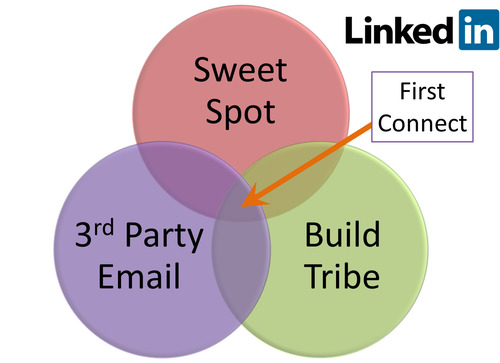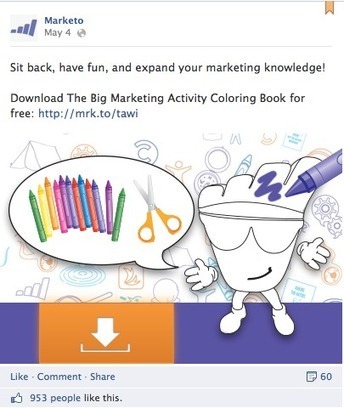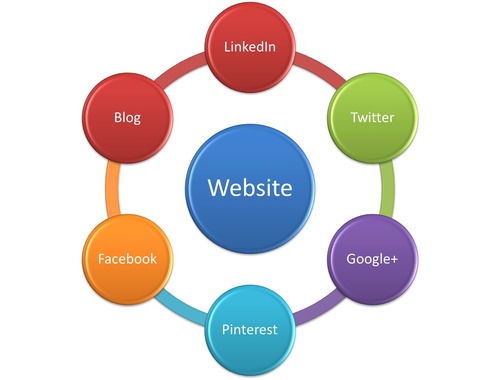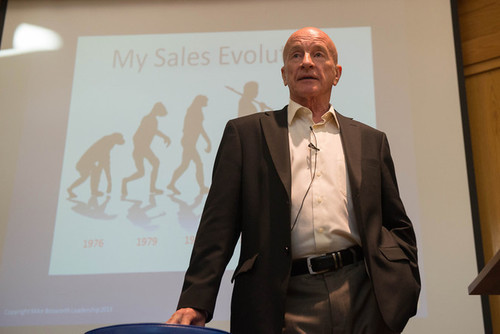See on Scoop.it – Social Media B2B Marketing
“Meagan Eisenberg, Vice President of Demand Generation, DocuSign, an e-signature transaction management company, faced a very typical marketing issue — bringing new leads into the top of the funnel, and then once those leads are generated, building a pipeline through to that final conversion.”
She said, “I think it is better if you’re able to build a relationship, and build a community of people coming to you for content.”
Eisenberg added, “The goal of this particular project was to build out a sales guru community of people engaging and talking about the pain that they were feeling, and working with others to deliver solutions to those pains.”
“A very typical marketing problem is generating leads and then creating a Marketing/Sales pipeline, and a common goal is looking to build a community to draw new leads in and keep them engaged through the pipeline.”
“If you think this is going to be a typical lead generation case study, think again, because Eisenberg and her team uncovered a very novel channel to execute this campaign.”
by David Kirkpatrick, Senior Reporter, marketingsherpa
Read more: http://www.marketingsherpa.com/article/case-study/b2b-linkedin-webinar-strategy
It is refreshing to find a case study focused on a B2B company who used the resources of a social site to help fill the top of the funnel.
The tactics and strategies used are applicable to almost any B2B business. Providing you can find potential propsects based on title, geography, and company within LinkedIn.
What I like the most is LInkedIn’s "60 day lock on InMail usage by email". This prevents abuse of this unique capability providing they don’t change their mind to increase revenue in the future.
See on www.marketingsherpa.com









